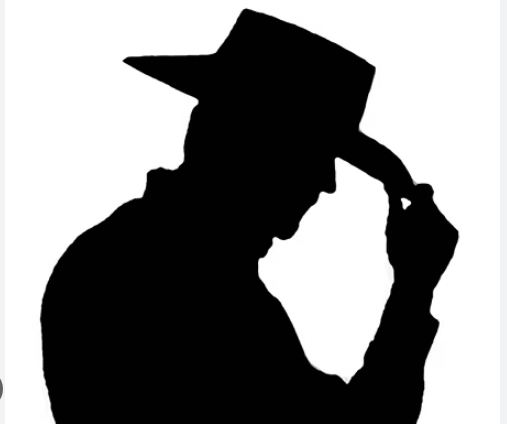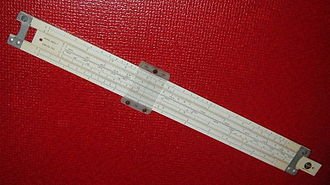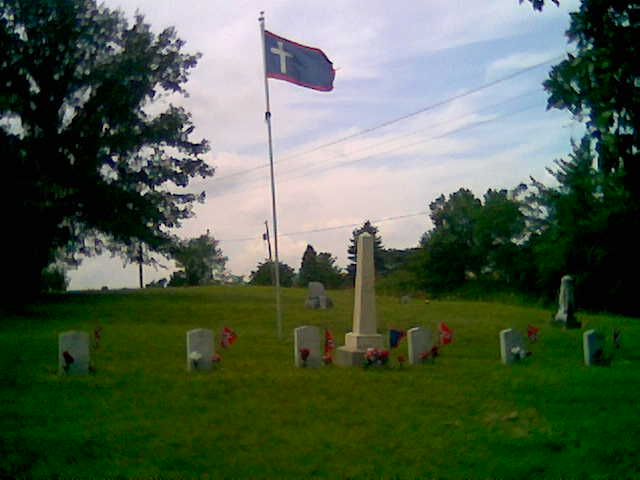-
Posts
53,473 -
Joined
-
Last visited
-
Days Won
631
Content Type
Profiles
Forums
Events
Posts posted by Subdeacon Joe
-
-
-
 5
5
-
 1
1
-
-
-
2 hours ago, Rip Snorter said:
First off, there is a handgun in a ziplock in the Loo, second, I would have already produced "grenades" I could toss: That leaves out 300+ lbs of dogs.
So, you say that you are represtative of AVERAGE American who only practice once a month? If that often?
-
 1
1
-
-
-
9 minutes ago, Stump Water said:
As far as snub-nosed... no idea who it was, but a loooong time ago someone said, "Most 'gunfights' take place just outside of wrasslin' range. And that includes law enforcement."
I think it was a DOJ analysis a few years back than said 10' to 15' was the distance for most Officer Involved Shootings.
-
5 minutes ago, Chantry said:
Shrug. We have different viewpoints. Nothing will ever convince me that a snub nosed revolver is a good choice for self defense given the multitude of other options currently available.
Yep. Just as nothing will convince me that semi-autos are the ONLY choice. I'm not saying that they might not be best choice for some, but for the AVERAGE person who maybe practices once a month I think a revolver the more reasonable choice.
That's one of the problems of discussing this on firearms fora, we forget that most people aren't "gun nuts" like us.
-
 1
1
-
 1
1
-
-
Great article, and some excellent comments here.
-
 2
2
-
-
34 minutes ago, Chantry said:
It happens with guns with transfer bars
And broken extractors happen on semi-autos. The question is how often? Like your example of the projectile slipping the crimp, how many times have you seen it happen with factory loads? I've never seen it.
I have seen factory rounds with bad primers, no power, (which would be a problem in either pistol or revolver, but a second trigger pull is faster than the drill witha pistol), even saw one that, as near as we could figure, had a double charge and destroy a guy's new Kimber (thinking on it just now, it could have been the bullet being set back in the case and compressing the powder). But none of those are a frequent, common, or regular occurrence.
We all can point to oddball, one in some insanely large number events. Springs break, springs get weak, extractors break, transfer bars break, magazine lips get damaged, firing pins break. But those things are rare when you consider how many shots get fired.
I'll still say that for the average person in a typical home defense situation that in the case of a failure to fire, pulling the trigger again on a revolver is going to be easier and faster than doing the clearing drill on a pistol. And I looking at the most likely scenario, not the "OK, 10 guys with Glocks modified with Glock Switches and 30 round magazines have just invaded your house while you're sitting on the toilet, buck naked, what do you do?"(a bit of hyperbole there to make a point)I read so often on various gun fora whenever self defense is brought up.
-
27 minutes ago, Forty Rod SASS 3935 said:
you'll get tomatoes when you deserve them.
With fresh mozzarella, basil, good quality olive oil, and aged balsamic vinegar.
-
 1
1
-
-
https://thehundredyearswar.co.uk/jeanne-de-clisson-the-lioness-of-brittany/
"
To this point in Jeanne’s life there is no evidence to suggest that she had done anything to promote rebellions or disobedience. That now changed. Her husband’s arrest had infuriated her. The summons to attend court on charges of a treasonable nature were ignored, leading to her being found in default in June of 1343. Then, in August 1343, Oliver de Clissons was publicly executed. His head was placed on a pike for all to see, and his body desecrated then dangled from a wall.
 Execution of Oliver de Clissons, 2nd August 1343. Source: Froissart’s Chronicle
Execution of Oliver de Clissons, 2nd August 1343. Source: Froissart’s Chronicle
Jeanne quickly decided on her response to the execution of her husband. Much of the commonly told story is legend rather than proven fact, but the basic known facts are below.
Jeanne de Clisson’s Revenge
Jeanne took her children to see their father’s remains being displayed. Legend has it that she made them all swear that they would seek revenge for his unjust murder. What is known is that Jeanne was soon active in Brittany. The estates of Oliver and herself had been confiscated by the French crown, so the parts of their lands that had answered to France were no longer accessible to the Countess. She sold off her material wealth, her jewellery and suchlike to raise funds for the revenge that she had in mind.
Raising a band of 400 men, she attacked and captured several castles. In each one she and her raiding party butchered almost everybody. they left just one or two alive to tell the tale of what they had seen. Now allied with the Montfort cause, Jeanne continued raiding. The claimant to the Duchy had nominally granted Jeanne lands and the French soldiers there were targetted. Castles at Touffou and Château-Thébaud were annihilated. Soon, the French were in fear of Jeanne de Clissons and they began rallying forces to track her down and put an end to her destructive campaign."
And that was just the appetizer!
-
 1
1
-
 1
1
-
-
Thanks, Bob. Good to see you pop your head in. Most of us are at the age where if we don't see someone for more than a week, we start to wonder.
-
 1
1
-
-
12 minutes ago, Dapper Dave said:
Tomorrow I have all the fixin's for bacon floodies.

For your next assignment, should you choose to accept it,
(language warning)
One guy uses salt & vinegar chips. I saw Aaron May use a sour cream and green onion chips in a TV cooking competition. I bet BBQ would be good.
Re: peanut butter bread, it makes decent French Toast. Serve with butter and pomegranate jelly.
-
 1
1
-
 1
1
-
-
2 minutes ago, Dapper Dave said:
See what you started???


-
 2
2
-
-
To me, the best general overviews of firearm history and function can be found in the front matter of the Lyman and Sierra reloading handbooks.
-
6 minutes ago, Buckshot Bob said:
That would be

High school was

-
 4
4
-
 2
2
-
-
-
2 hours ago, Jackson Haller said:
I noticed the lack of revolvers in that article as well.
Perhaps because, "GLOCK, who was the Title Sponsor of the event, had another strong showing with the G19, " might induce a bit of bias in attendees. Also, if I read the article correctly, it was an event put on at a training facility. From what I've read in their brochures and advertising I get the impression that the commercial training companies are heavily biased towards pistols rather than revolvers. Of course, the last time I read any of that stuff was 15 or 20 years ago, so things might have changed.
5 hours ago, Chantry said:I saw an early production run of the 642 in .357 lock up because the bullet slipped the crimp and ended up partly in the cylinder and partly in the barrel.
How many times have you seen that out of how many observed shots? Was it factory ammunition, or a hand load?
5 hours ago, Chantry said:I've had a transfer bar break on one of my Rugers.
Again, how many times over how many years?
I've seen extractors break on semi-autos, out of battery discharges, failures to extract that need to be pried out.
There are likely more serious modes of failure with semi-autos than with revolvers. I'd argue that in your "average" ordinary citizen DGU any failure, even a simple stovepipe, will most likely lead to injury or death. "Hold on, Mr. Thug, I need to clean this, be back to you in 5 seconds or so."
I'm not addressing LEOs as their use of firearms is usually under very different circumstances than what J.Q. Citizen is going to face.
-
 3
3
-
-
-
-
 5
5
-
-
-
Oh....that second link gets a 404 error.
-
Thanks. I was brought up around guns, we went out plinking a couple of times a month. Some of my earliest memories are of being prone on a canvas tarp, single shot .22 on a sandbag, and Dad next to me, coaching me and doing the actual aiming while letting me think I was doing it. I can still see him drawing what the sight picture should be in the dirt.
-
 5
5
-
-
1 hour ago, Father Kit Cool Gun Garth said:
Here is why..
That abstract leaves out what I consider the biggest reason, the general bias against revolvers. It does hint at it. The "OMYGAWD!!!! YOU NEED A SEMI AUTO AN 18 MAGAZINES AT A MINIMUM!!!!" attitude in the industry.
Sure, there are outliers where you need scores of shots, but USDOJ says that the average is 3 shots when any shots are fired. So, which do you plan for? The 1 in 20,000 and load up like you're going on a long range patrol? Or something around the average in the very unlikely case where you may need to draw your weapon? The industry pushes the "all you can carry plus 10%" view.
-
 2
2
-
 1
1
-
-
I've been on a few where it was strongly encouraged. It's not like barging in and loudly proclaiming your heritage, deeds of daring-do, and your general superiority. More like posting your CV on a bulletin board. People are free to read it or ignore it. Just like any other forum/thread. Just like these fora, there are several that I've never opened.
They can be useful. Old timers will sometimes give tips on the Customs and Courtesies of the place, especially the unwritten ones that a newbie might unknowingly transgress




YouTube Cooking Videos
in SASS Wire Saloon
Posted